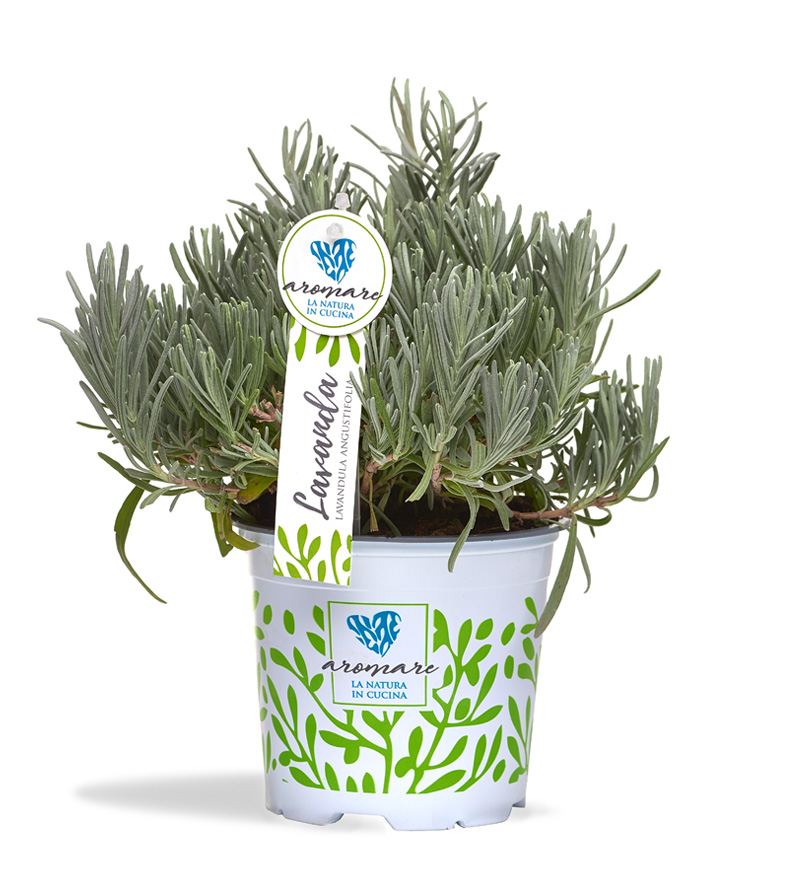
BOTANICAL AND CULTIVATION INFORMATION
Lavandula is a rustic species but the environmental needs are slightly different depending on the different varieties, for example the Lavandula angustifolia is much more resistant to cold compared to others. In any case, they are plants that live in full sun and do not have particular needs. Lavandula does not like particularly moist so it is advisable to wait for the soil to dry out between irrigation. Lavandula prefers well-drained soils, as they do not tolerate water stagnation. Soils must not be particularly fertile or acidic or tendentially acidic. They prefer clay soils and adapt well to alkaline soils. It is good to perform balanced fertilizations at the beginning of spring.
THERAPEUTIC PROPERTIES
Inhalation of Lavandula infusion calms the cold, cough and have a positive effect for those with respiratory problems.
Rinses with Lavandula infusion have a disinfectant action for the mouth and are refreshing for the breath.
Lavandula is also used to make toning and relaxing baths by pouring a few drops of essential oil into hot water.
The Lavandula infusion is used to rinse greasy hair and oil, applied to the scalp, massaging gently, facilitating hair growth.
With lavandula, astringent tonics are prepared for the dilated pores of the skin.
Very special and fragrant is the lavandula honey very suitable for curing bronchopulmonary diseases.
USE FOR COOKING
Risotto, honey, sweets, biscuits and infusions.
Pairings: Lavandula is normally not used for food purposes.
It is however used to flavour white wine and vinegar, to prepare jellies, to flavour sweets. With lavandula you can prepare infusions, extracts and essences to drink, or exceptional products for body care, such as washes and compresses, lotions, oils and, of course, lavandula water.
BEAUTY
For the valuable characteristics of the perfume of the inflorescences, the Lavandula plant has always had a wide popular use to impart a pleasant scent to the fresh laundry linens, so much so that the first information on the cultivation techniques dates back to the late sixteenth century.
The French name “lavande”, is derived from the verb to wash.
